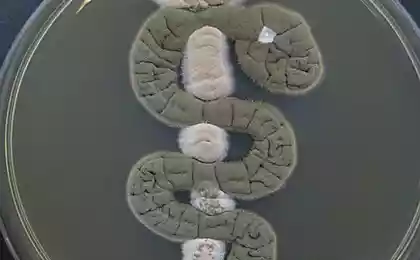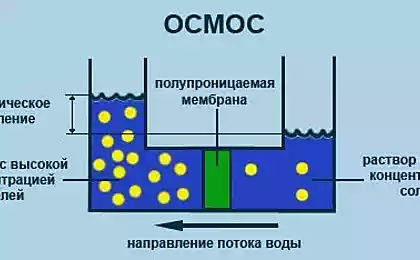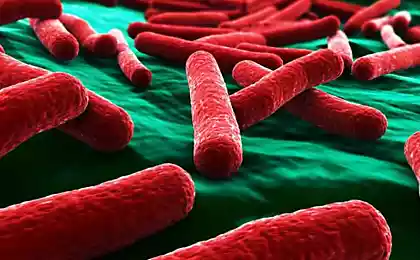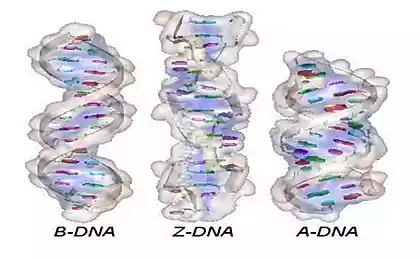184
Sensors with bacteria will be used to detect contamination of drinking water
Scientists from the U.S. Department of Chemical Engineering and the Bristol Robotics Laboratory have announced the development of an inexpensive device that could be used in developing countries to monitor the quality of drinking water in real time without expensive laboratory equipment.
Modern methods of detecting pollutants in water are quite expensive, time-consuming and require special technical knowledge. The new sensor, which has a relatively low cost due to the manufacture of the case on a 3D printer, can be used directly in rivers, lakes and other bodies of water for continuous monitoring of water quality.
The sensor, like a conventional microbial fuel cell, contains bacteria that in an anaerobic environment convert chemical energy into electricity. The researchers found that when bacteria come into contact with toxins in the water, electricity production decreases, which is a sure sign of the presence of pollutants. And the higher the concentration of toxins in the water, the less electricity the bacteria produce. And most importantly, power generation is restored once the toxin levels in the water are reduced. Thus, scientists can monitor the concentration of pollutants in the water in real time without the need to collect numerous samples for testing in the laboratory.
Currently, the effects of pollution on aquatic ecosystems are assessed using fish or daphnia, which takes a long time and is often questioned by environmental scientists. Other methods of detecting water pollution are based on precise mass spectrometry technology, however, they require expensive specialized equipment and technicians with relevant experience. Therefore, such methods are not suitable for day-to-day monitoring of water quality, which is particularly needed by developing countries.
Researchers have already conducted the first tests of the new bacterial sensor. According to the results of the tests, the device helped scientists to detect in the water a small level of cadmium, a contaminant used in the electronics industry, and in quantities well below the safest level accepted by WHO.
Source: www.ozemle.net
Modern methods of detecting pollutants in water are quite expensive, time-consuming and require special technical knowledge. The new sensor, which has a relatively low cost due to the manufacture of the case on a 3D printer, can be used directly in rivers, lakes and other bodies of water for continuous monitoring of water quality.
The sensor, like a conventional microbial fuel cell, contains bacteria that in an anaerobic environment convert chemical energy into electricity. The researchers found that when bacteria come into contact with toxins in the water, electricity production decreases, which is a sure sign of the presence of pollutants. And the higher the concentration of toxins in the water, the less electricity the bacteria produce. And most importantly, power generation is restored once the toxin levels in the water are reduced. Thus, scientists can monitor the concentration of pollutants in the water in real time without the need to collect numerous samples for testing in the laboratory.
Currently, the effects of pollution on aquatic ecosystems are assessed using fish or daphnia, which takes a long time and is often questioned by environmental scientists. Other methods of detecting water pollution are based on precise mass spectrometry technology, however, they require expensive specialized equipment and technicians with relevant experience. Therefore, such methods are not suitable for day-to-day monitoring of water quality, which is particularly needed by developing countries.
Researchers have already conducted the first tests of the new bacterial sensor. According to the results of the tests, the device helped scientists to detect in the water a small level of cadmium, a contaminant used in the electronics industry, and in quantities well below the safest level accepted by WHO.
Source: www.ozemle.net























